WHAT ARE BANKS? IS YOUR MONEY SAFE IN A BANK?
Did you notice something?
Banks are retail, they are a retail venture, a shop. But when you go there, like other shops, you leave your money there. But is your money safe in the bank? Because the big difference is that when you leave you don’t take anything with you. To test your knowledge, try the quiz, click HERE.
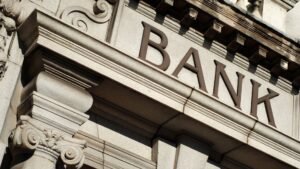
We even have a fancy name for this. It’s called “making a deposit. Makes us feel good, because it is still our money, they told me so. But do you know if, your money safe in the bank??
They are everywhere and the banks are facing a crisis.
This creates a trust relationship between you and the shop, sorry bank. Like any relationship of trust, it grows and lasts and lasts, until that trust is broken. This is important, governments have a strong vested interest in maintaining this relationship. In fact, in nearly all the countries it is illegal to have the name Bank in the name of a company.
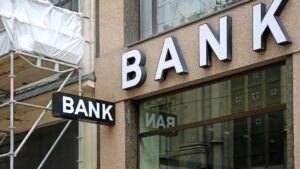
Unless that company comes under a Banking Act. Yes, banks are a protected species, so we need to save them as a species. We need to save them from themselves and to save the economy.
Or we all face a crisis!
THREE BANKS HAVE COLLAPSED

ARE THE BANKS A SAFE PLACE FOR YOUR MONEY?
The collapse of the three banks in the U.S and, the long overdue demise of Credit Suisse. Combined these collapses have bought a lot of heat to the conversation. Why? Is your money safe in the bank? One thing we all have in common is that we all have a banking relationship.
Our banking relationship is one of our most sensitive relationships. The events over the past couple of weeks combined with the events to come. They are and will emphasise the following premise. The whole banking system is based on the promise that depositors leave their money in the bank, where it is safe. In reality, the contract in place is this. Above USD 250,000 you are an unsecured lender to a highly leveraged shop and receiving a meager return. In a Bankruptcy Court, a depositor, will stand in line with all other creditors. All are above Shareholders and Tier 1 bond holders.
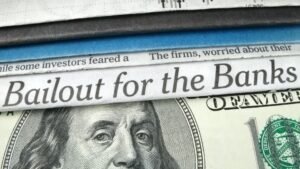
I am going to jump to calamity first and then dial it back. The greatest sovereign risk the U.S. has ever faced is here and now. That is the arrangement to bail out Silicon Valley Bank depositors, all of them. Bar none. In effect, this action sets a precedent for making good on all deposits in the U.S. Is this necessary to keep your money safe in the bank.
Does anyone know how much this is?
My best guesstimate is that the figure would be around USD 19.36 trillion. Total U.S. debt is USD 31 trillion or 120% of U.S GDP. These are staggering numbers. I know not all deposits come due at once, but still, is your money safe in the bank?. But a serious financial crisis could lead to government funding of maybe 10%, or USD 1.9 trillion. For more information click HERE.
THE 7 STEPS TO SAVE THE BANKS

Fix the Accounting Fix
Mandate Hedging of Interest Rate Risk
End the Shortening of Bank Stocks
Increase Cash Reserves
Eliminate Stock Options
Regulation Review
Increase Deposit Insurance
THE ACCOUNTING FIX

FIX THE ACCOUNTING FIX
In the United States, banks hold various types of securities on their balance sheets. These securities are classified as “not for sale” or “for sale”. The classification depends on the bank’s intention for holding the security. The proportion of securities held in the “not for sale” or “for sale” category on a U.S bank’s balance sheet will vary. The bank’s investment strategy, risk management objectives, and market conditions are considerations. The “not for sale” are Long Term Assets. The “for sale” are classified under Short Term Assets.
The securities held within these accounts will be;
U.S. Treasury securities and other government bonds
Municipal bonds
Corporate bonds
Collateralized mortgage obligations (CMOs) and other mortgage-backed securities (MBS)
In general, banks tend to hold more securities in the “not for sale” or “held-to-maturity” category. These securities are subject to the intention of holding them to the maturity date. Thus, collecting the interest payments and at maturity, the principal repayment. Securities in this category are subject to the same market fluctuations as the securities held in the “for sale”.
After initial recognition, securities held to maturity are valued in the following way. By using the effective interest method and the amortised cost basis. Consequently, any premiums or discounts are amortised over the life of the security. Interest income is recognised based on the effective interest rate.
Currently, “for sale” securities must be marked-to-market for fluctuations in their value. This is not the case for securities classified “not for sale”. At maturity, unless the U.S. Government defaults, the banks will receive the Face Value of the bond. Any difference between Face Value and Market Value has to be calculated. This will be then stated in the Quartey Reports.

Clearly this is an issue. There is a massive tenor mismatch in the bank’s balance sheet. Liquidity on deposits is instantaneous at 100%. While bonds held within both the balance sheet entries are highly liquid, settlement can be T+2 or in two days. This in itself is not a massive problem. Emergency funding via the Federal Reserve’s Discount Window is always available. The problem which arises from this situation is that deposits are 100% in the dollar. The “for sale” securities have been market-to-market.
But once the run goes beyond, then what?
In the case of the run-on Silicon Valley Bank, they were forced to sell securities at a loss to cover withdrawals. In total, around 20% of the bank’s assets, or USD 42 billion, had to be liquidated and the realised loss was USD 1.8 billion.
This is the situation when there is a run-on bank deposits.
The Fix:
Considering the tenor mismatch on a bank’s balance sheet, this marked-to-market risk action is needed. This valuation risk cannot be left unhedged. At what level where this is to be done, will be discussed and negotiated between the various parties involved. I am not arguing the treatment should be the same as for the “for sale” securities. I am stating that there must be an obligation to hedge risk.
MANDATE HEDGING INTEREST RATE RISK
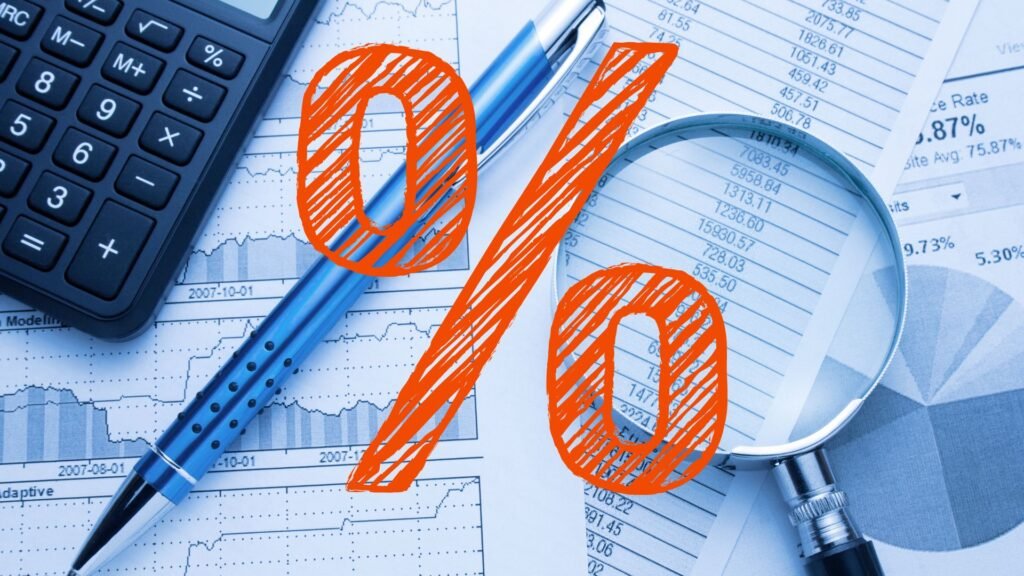
AVOID A BANK CRISIS, HEDGE INTEREST RATE RISK
This step follows on from the point above. The securities held in the bank’s portfolio are likely to be the following.
U.S. Treasury securities and other government bonds
Municipal bonds
Corporate bonds
Collateralized mortgage obligations (CMOs) and other mortgage-backed securities (MBS)
These securities are either issued by U.S. government or Investment Grade securities. The main reason for holding these securities is that the Tier 1 capital requirements are less.
The Fix:
The securities in the “not for sale” must be actively hedged via either futures contracts or a cross-hedge. If they cannot be actively hedged, they cannot be included on the bank’s balance sheet.
SHORTING BANK STOCKS
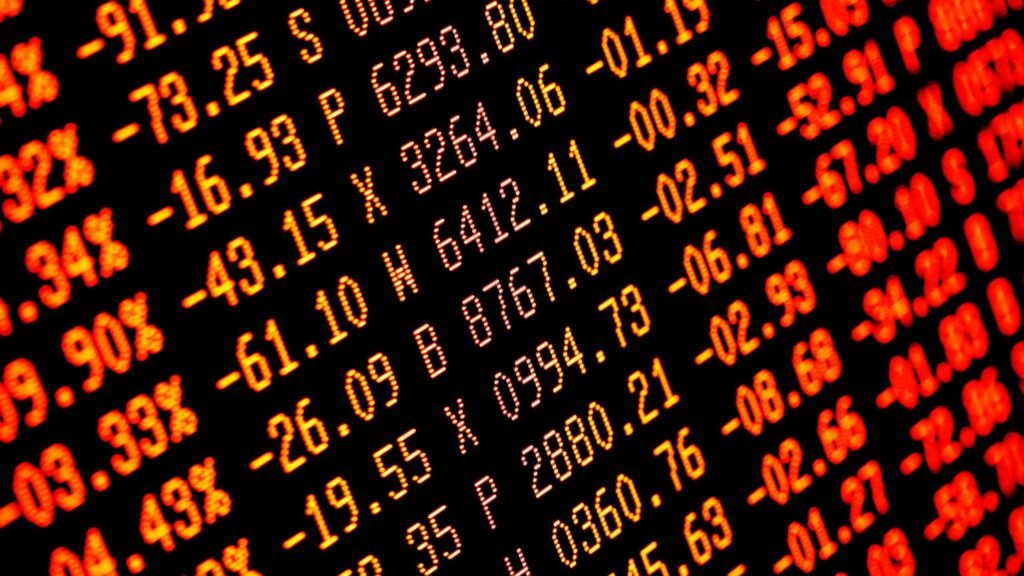
SHORTING STOCKS IS YOUR MONEY LESS SAFE?
Big problems require radical and for some unpalatable solutions. The issue is that without shareholders, there is no Banking Sector. This comment of course, applies across all sectors. Banks do have a privileged position in the economy. This is due to trust relationships across the economy. Various government entities heavily regulate banks. As I opened with, the potential level of sovereign risk is something to be aware of.

In Silicon Valley Bank situation, the stock was heavily shorted. It is difficult to know if the bank could have been saved had this not occurred. Once a run-on deposit was known, via the Twitter sphere, it was game over. Many questions if your money safe in the bank?. The announcement was made via various Venture Capitalists. What else could they have done? The proposed capital raising of USD 2.25 in common and preferred stock failed. The capital was to cover the USD 1.8 billion loss.
If capital was raised could SVB have been saved?
What is Short Selling a stock. This refers to the process of selling shares of a stock that you do not own. Of course, there is the intention of buying them back at a later time. Hopefully at a lower price, and profiting from the difference.
Here’s how it works:
The shares of the stock to be shorted are borrowed from a broker or another investor who owns the shares. Immediately the borrowed shares are sold on the open market. The short seller receives the cash.
The trade will be profitable if the stock price falls. In the future, the stock is purchased and returned to the lender. The profit is the difference between the price at which the stock was sold and the price at which they were bought.
Short selling can be a risky strategy. The potential losses are unlimited if the stock price continues to rise. A short trade can also be a useful tool for investors. They will profit from a decline in the price of a stock or the broader market.
The Fix:
There must be stricter controls on the shorting of banks stocks. I am open to the idea of even eliminating shorting bank stocks altogether. I can hear the cries of capitalism at work. Thinks of it, as preventing massive socialism. Banks have too much systemic risk across the broad economy. The ultimate solution should be the result of a discussion of all interested parties.
INCREASE CASH LEVELS
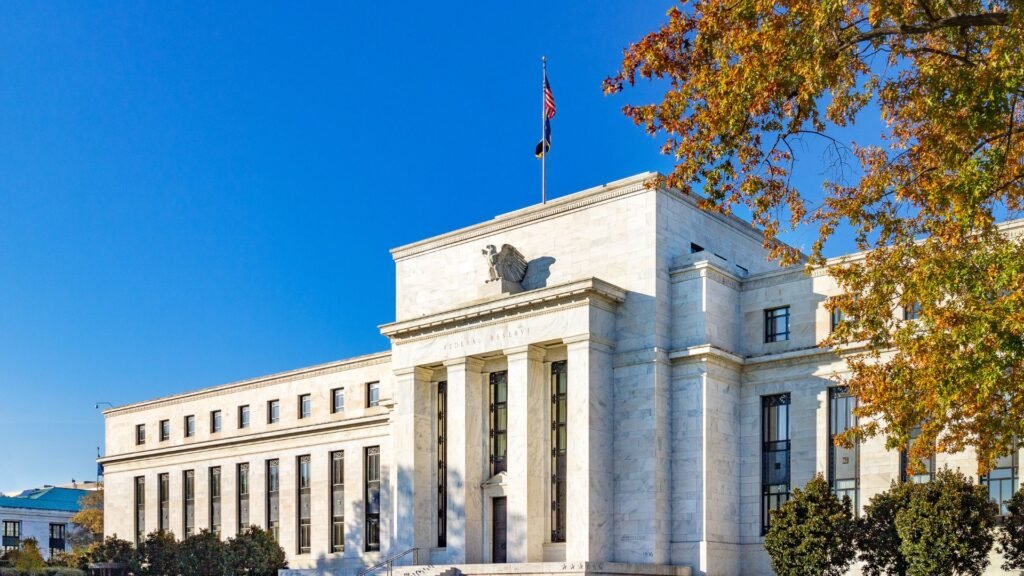
INCREASE CASH RESERVES TO KEEP YOUR MONEY SAFE
The Federal Reserve has the authority to adjust reserve requirements at any time. A strategy to control the money supply and influence economic activity. The reserve requirements serve as a tool to help make sure that banks have enough liquidity. Liquidity required to meet the demands of depositors. Meeting these demands is part of maintaining financial stability in the banking system.
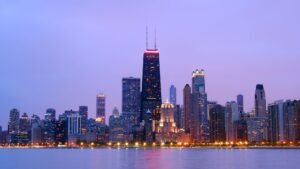
The Federal Reserve requires US banks to maintain a minimum level of cash reserves on hand. There is the required reserve ratio, or the percentage of deposits held in reserve by banks. It is currently set at 0% for transaction accounts, up to a specified threshold. Then 10% for balances above that threshold. Banks are not required to retain reserves against funds held in transaction accounts. This up to a specific amount, they must hold 10% of any balances over that threshold.
The Fix:
As mandated by the Federal Reserve, banks are required to have a minimum level of cash reserves. The banks are required to hold between 0% to 10% for various deposit accounts on their balance sheets. The reserve requirements are in place to make sure that banks have enough liquidity. Banks have to meet the demands of depositors. It is also used to maintain financial stability in the banking system. Thus, the Federal Reserve may also change reserve requirements at any time. This is one way to control the money supply and influence economic activity. Nevertheless, reserve requirements should be reviewed. In particular, if deposit insurance is increased. An increase to at least 15% must be discussed.
STOCK OPTIONS
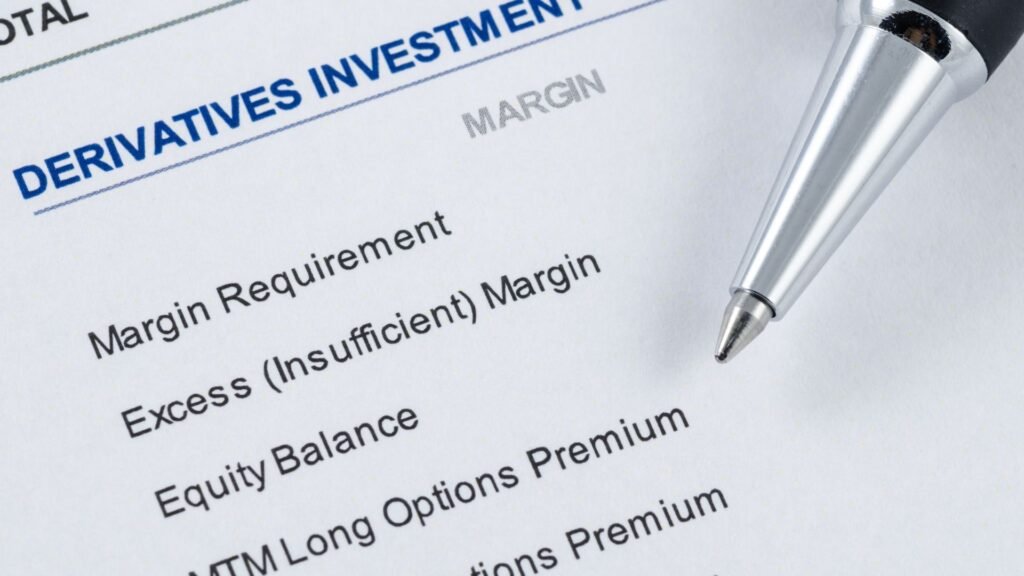
OPTION CONTRACTS, CAN THEY CREATE A BANK CRISIS?
Options can be incorporated into a company’s reward package. This allows employees to have the opportunity to engage in the company’s success. The aim is to align their interests with those of the company’s shareholders. A very noble goal. A corporation can provide its employees with stock options. The option then gives them the right to purchase company stock. The price or the exercise price is stated and is for a set period of time. Employees can benefit from the company’s success if the stock price rises over time.
Stock options are typically subject to a vesting period. A set length of time during which the employee must remain with the company to execute the options. This encourages employees to stay with the organization for a set period of time.

There is an inherent risk for bank stocks. Stock options could push senior management to pursue risker strategies. In particular, in lending, remember, banks are highly leveraged companies. As Warren Buffet says, “they are great businesses, until a mistake on the assets side”. Options can incentivise employees to work harder and contribute to the company’s success. This cannot be at the expense of the bank’s stability and long-term performance.
The Fix:
Bank employees can be incentivised by common stock. This aligns their interests with the interests of shareholders. They have the same security and leverage is removed from the equation. Issuing stock options to bank employees can have both advantages and disadvantages. These are some potential dangers of issuing stock options to bank employees. There could eb an overreliance on short-term performance and misalignment of incentives.
Stock options issued with conditions that are not align with the bank’s goals can be a problem. Employees may not be correctly incentivised, engaging in risky behaviour. Or make decisions that are not in the best interest of the bank. Included in this is the misrepresentation of earnings, worse the potential for fraud. This could include activities such as insider trading or financial misreporting.
There are controls that can be incorporated for banks issuing stock options. Banks must carefully consider the potential dangers of issuing stock options to employees. Always ensure options are issued in align with the bank’s goals and values. Additionally, banks should have strong internal controls in place to prevent fraudulent behaviour. Then ensure complete transparency in the exercising of stock options.
The potential systemic risks of even a single bank to the system is too great. It is best to avoid stock options to altogether, gets too complicated too quickly.
BANK REGULATION

BANK REGULATION IS KEY TO KEEPING MONEY SAFE IN THE BANK
The regulations for banks in the United States are complicated. The structure encompassing numerous agencies and legislation. The end objective is to protect consumers from fraudulent or abusive actions. Then combined with keeping the safety and viability of the banking system. There are several government agencies in charge of bank regulation. The numerous agencies are both federal and state in nature. Because there are over 5,000 banks in the United States, the regulatory system is complex. Let’s take a quick look.
The Federal Reserve System:
The Fed is the United States’ central bank. The Fed is responsible for monitoring and regulating certain institutions. These are the members of the Federal Reserve System. Further, it handles overseeing bank capital levels, liquidity, and risk management policies.
The Comptroller of the Currency’s Office (OCC):
The Office of the Comptroller of the Currency (OCC) is an autonomous office. The OCC is under the United States Department of the Treasury. It is in charge of chartering, regulating, and overseeing the two groups. They are the national banks and federal savings institutions.
The Federal Deposit Insurance Corporation (FDIC):
The FDIC is often in the news. It is an independent organization responsible for supervising and regulating state-chartered banks. These banks are not members of the Federal Reserve System.
The Consumer Financial Protection Bureau (CFPB):
An independent body in charge of regulating consumer financial products and services. The mandate does include those provided by banks.
The aim of the regulatory framework and stress tests for major US banks and regional banks is as follows. To improve the banking system safety and soundness making sure banks survive economic shocks. Here is the regulatory framework and stress testing for banks in the United States.
Banks in the United States of America:
The Major Banks
The major banks in the U.S. are members’ banks of the Federal Reserve System. The Fed performs supervisory stress tests on a regular basis. This is to see if these banks have enough capital to withstand economic shocks. The is the annual Comprehensive Capital Analysis and Review (CCAR).
The CCAR is an annual stress test done by the Fed. The test evaluates the capital adequacy and planning processes of major banks. Done to assesses a banks’ capacity to sustain minimal capital levels. There are several economic scenarios, including a severe recession, which are tested to see if your money will be safe in the bank.
Dodd-Frank Act Stress Tests (DFAST):
The Fed also conducts an annual stress test under the Dodd-Frank Act. Applied to all U.S. banks with assets of more than $10 billion. Under several economic situations, the exam evaluates banks’ capital levels and planning processes.
Regional financial institutions:
The OCC performs supervisory stress tests on a regular basis on regional banks. The aim is to determine if these banks have enough capital to withstand economic shocks.
Dodd-Frank Act Stress Tests (DFAST):
DFAST applies to regional banks with assets ranging from $10 billion to $250 billion. Again, it assesses capital levels and planning processes under various economic scenarios.
Community Bank Stress Tests:
Community banks with assets of $1 billion to $10 billion do self-stress tests. The findings will be submitted for assessment to their regulator.
The regulatory framework and stress tests for banks have the following objectives. To make sure that banks have adequate capital and risk management procedures and to keep your money safe in the bank?. They must withstand economic shocks. Specific testing and criteria differ according to the size and type of bank.
The Fix:
First of banks can and will fail. Thus, there should be adequate protections for depositors. In recent history, regional banks have lobbied to decrease the level of supervision. The argument presented surrounded the regulations imposed. These regulations were fine for the major banks. But stifled business opportunities for smaller banks.
The aim was to relax the regulations, and they were. Silicon Valley Bank was one bank that lobbied Congress on this issue. In line with the various business activities, bank regulations should be the same for all. The regulations for home lending should be the same for JP Morgan and the regional banks. Any bank can create systemic risk to the bank system in the U.S.
KEEPING YOUR MONEY SAFE IN THE BANK, DEPOSIT INSURANCE
The Federal Deposit Insurance Corporation (FDIC) is an independent agency. The FDIC insures deposits in banks and savings associations. Also, it takes responsibility for supervising and regulating state-chartered banks. These banks are not members of the Federal Reserve System. Deposits up to USD 250,000 are guaranteed. Then, in a surprise move when SVB collapsed, the Fed announced that all deposits were to be honored.








